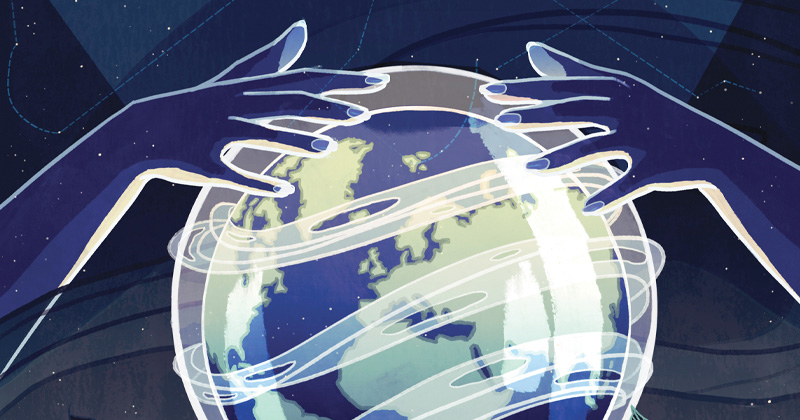


Envisioning the future of transportation
Illustration by Kailey Whitman December 10, 2018
Will drivers become obsolete?
Editor’s Note: This article is part of a larger series of Q&As that originated in the future-focused UD Magazine. To see additional questions, please visit the Envisioning the Future website.
We didn’t lose horses when we moved to horsepower, and I think the same is true for vehicles. There will come a point — my guess is mid-century — when we’ll have more autonomous drivers than manual drivers. Beyond that, I can imagine a day where driving our own cars may feel quaint. (Although, as Americans, we love our cars. We love driving so much that we even watch it as a sport.)
But industry has been heavily investing in driverless technology, which is the best bet that it will be the wave of the future. A 2017 study from the University of Texas at Austin found a potential economic benefit of $1.2 trillion per year, due to a multitude of factors, including the value of software/hardware, decreased healthcare costs from fewer accidents and less time in transit.
But technology is not neutral. Any major change will shift the status quo, creating new winners and losers. For instance, we’ll need new infrastructure and communications networks to safely develop the technology to support driverless cars. It will be costly, and we’ll need to prioritize where to install them first. But who gets to make that decision? And do the decision makers represent the wider community? These are just some of the many questions we’ll need to ask.
Philip Barnes is assistant professor and associate policy scientist for the University of Delaware's Institute for Public Administration and a member of the Delaware Driverless Vehicle Advisory Council.
Contact Us
Have a UDaily story idea?
Contact us at ocm@udel.edu
Members of the press
Contact us at 302-831-NEWS or visit the Media Relations website

